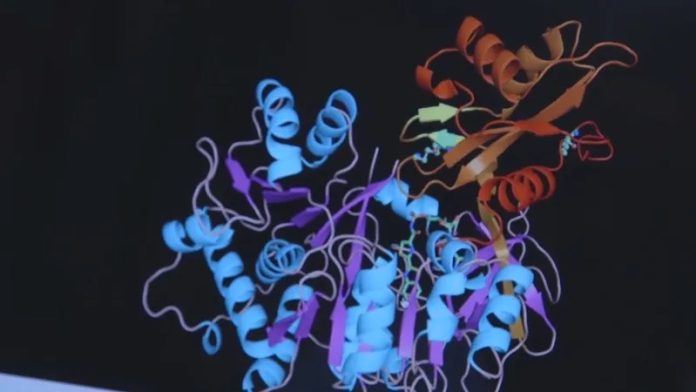Luciferase is the bioluminescent chemical that makes fireflies glow. Kai Johnsson and colleagues at the Ecole Polytechnique Fédérale De Lausanne in Switzerland have developed a way to use luciferase to detect cancer and other disease in humans and animals even when the disease is in the first stages of development.
The advantages of using this new method are speed of detection, simplicity of design, instant visible results, and a short development time. The developmental phase of a similar material to detect a disease can be decades but this group has developed a simple technology that allowed them to develop a working disease detection molecule in less than a year. The technology is being marketed by Lucentix.
Luciferase glows under normal light conditions. The researchers added a small molecule to an active site in the luciferase molecule that prevents the complex from glowing. The small molecule is called a tag. The tags are chosen that have a very high affinity for binding to a disease protein. When the detecting agent comes into contact with a sample of blood or other body fluids that has a disease molecule in it the tag uncouples from the luciferase and the luciferase begins to glow.
The tags are all synthetically made. This is the first synthetic and biological complex ever developed that can detect disease molecules in minute quantities. The development means earlier detection and faster treatment with greater hopes of success. The new type of molecule can also be used to detect the progression of any treatment at a cost that is about a thousandth of the cost of present monitoring methods.















